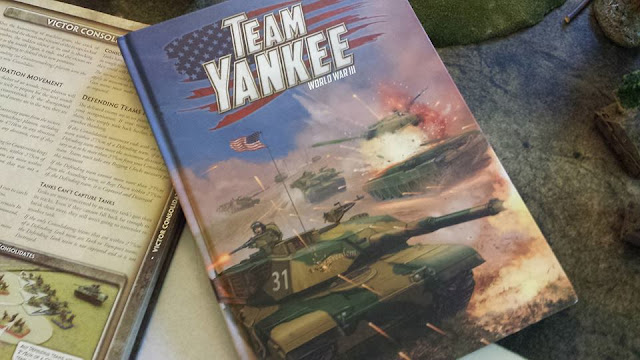Well, that was certainly a wild ride! 2016 is almost gone – imagine that. I have to admit, I certainly had some amazing battles, painted up some glorious miniatures, and read through quite a few rulebooks. Remember all those?!
 |
| One of many Blucher games I played. |
Some 2016 highlights:
· painted aprox. one thousand 10mm Napoleonic figures;
· researched many different uniforms, flags, and organization for French and Russian armies;
· learned all about the 1812 French invasion of Russia;
· and reviewed and played some fantastic Napoleonic’s rules:
o General de Brigade;
o Blucher;
o March Attack;
o Black Powder;
o Drums & Shakos: Large Battles;
o Sharp Practice II.
Wow! That was quite a journey. I have to say, it was a wonderful ride. All those BatReps I had fun playing and making in to videos. Also had some of the best LIVE Plays I have ever had over on the Tabletop Commanders community – that last one was amazing fun.
 |
| Some GdB action. |
I have to wonder though, is that it? Wargaming is what it is… a hobby. Am I done with this little journey of mine? No way!!!
So what is next in 2017?
· Expand my collection of models – 10mm, of course – to account for the 1813-14 campaigns,
· expand my French army to include more allies – Saxon grenadiers and cavalry, Poles, and Swiss,
· try out some newrules sets, such as ESR,
· explore collecting for navel battles of the era – 1:1200 scale,
· get a start on collecting 28mm scale troops for smaller, skirmish-level, games.
Not bad, eh? You didn’t think I would say, “Oh… that was fun. Now I will set it all aside for something else new and shiny!” Not a chance!
 |
| Test-trays for use with future Blucher games I am currently working on. |
To be quite frank with you, I have truly fell in love with this era. The thoughts of researching the era, collecting Napoleonic miniatures, and recreating the great battles of the black powder era just draw me like no other era has. I am not just looking forward to 2017, but the many, many years ahead in my hobby-life. Of course, plans can quite certainly alter over the course of 2017. As always, time will remain an issue for me. Embarking on a writing career early in 2017 will demand much of my free time. However, this hobby - Napoleonic miniature wargaming - will always remain an important part of my life. We shall see how well it all blends together in the coming months and years. Onwards, as I like to say.
 |
| Saxons and French assault! A wonderful game using the March Attack rules I tested earlier in 2016. |
There you go. My reflections, and my plans, have been revealed. I hope you have some fun plans brewing in your head too. Hopefully, this infrequent blog will continue to both provide some inspiration for you – the reader, and log my own progress as I travel down this long and fascinating “Napoleonic” path – some would call this a never-ending pit!
Till next year…
~K
















































